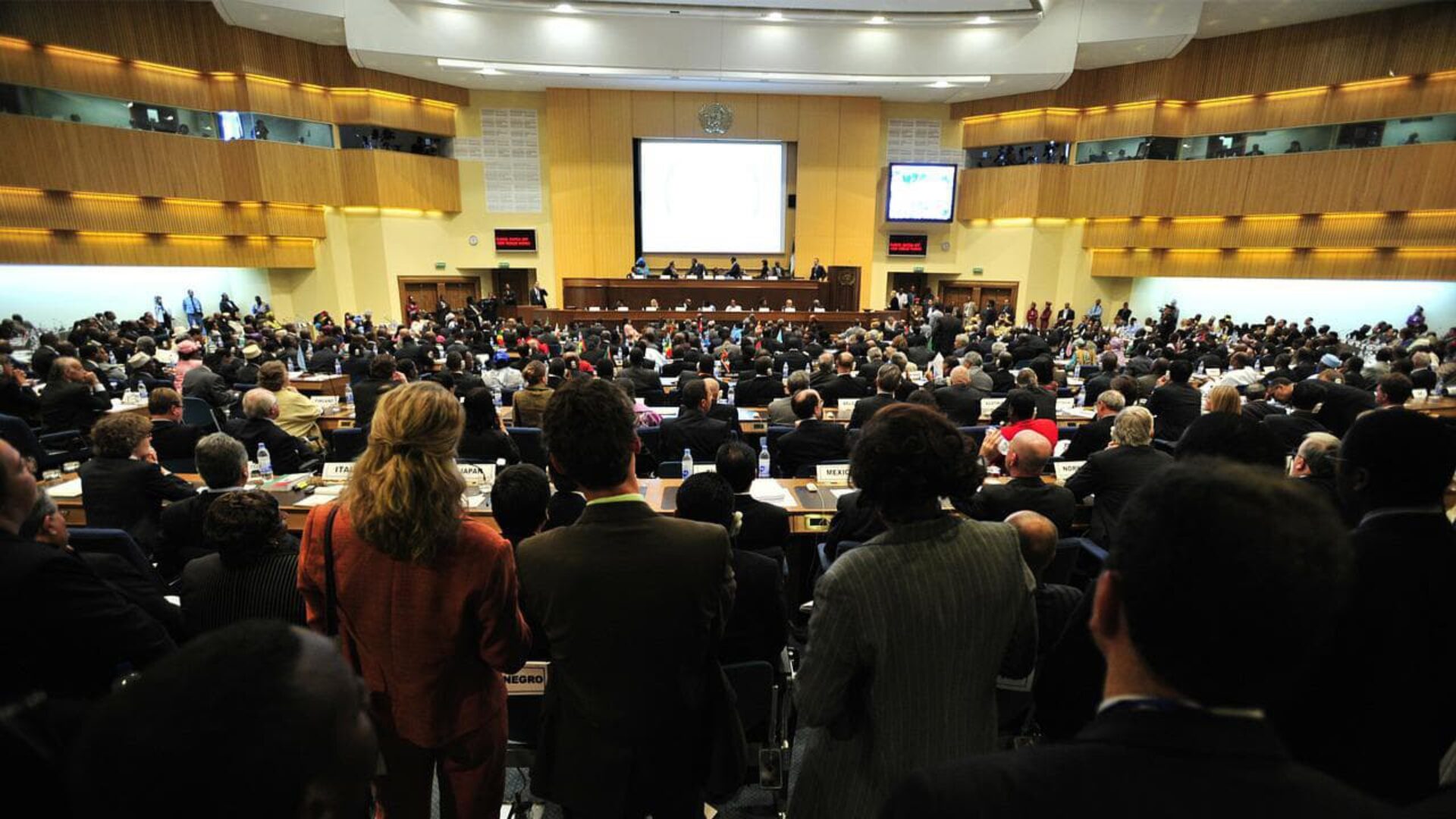Checking the technical equipment
From equipment you will need: a projector with a screen or LED screen, a microphone for the speaker, one or two radio-microphones for questions, a laptop, a clicker-pointer, sound equipment, a video camera. Such equipment should be in every room at the conference.Check out the laptops, microphones, speakers, projector or screen a few days before the event and the morning of the conference day when you first meet the venue.
Agree with the venue who will be responsible for operating the equipment. Meet with that person in advance to test, and arrange for a pre-event run-through. If the venue does not provide its own staff, hire a specialist and run with him in advance.Provide free Wi-Fi. If the venue has its own wifi, test to see if it can handle the day of the event. If the venue does not have such a resource, take care of your own equipment. Test the equipment at the venue. Keep in mind that signal quality degrades when there are a lot of people.
Set up a charging station or prepare an area where guests can charge their phones. Stock up on several types of chargers.
Save the speaker’s presentations on a laptop, on a flash drive, and in cloud storage. Check with the speaker the day before the event to see if any changes have been made to the presentation and if there is an updated version. On the day of the event, review with the speaker his slides again before the presentation.
Record videos of the speeches. They will be useful both for the organizers themselves for the future, and will be of interest to those who couldn’t attend the event but would like to hear your speakers’ reports.
To make sure the sound in the video is clearly distinguishable and does not suffer from extraneous noise, use a cockpit or booth microphones. A standard in-camera microphone isn’t enough. If you record video for later sale, contact a professional videographer. You’ll get decent sound quality with special equipment.
Ensuring the comfort of the venue
The lighting on the site should match the brightness of daylight or be as close to it as possible. The fact is that in low light, people tire quickly, reduces attention and ability to perceive new information. In addition, with good light, a photo report from the event will be better.
For the comfort of guests on the site should not be cold and not hot. Provide additional opportunity to ventilate or heat the room. If heating doesn’t work out very well, warn guests to dress warmer.
There may be more guests in the room than there are seats. For example, if you have two parallel speakers, and the guests are not evenly distributed over these areas. In this case you just need to quickly add chairs.
Take into account that the guests will arrive by car. Provide enough parking space near the conference venue. Parking should be free for your participants.
If the parking lot has a permit regime, negotiate in advance with the administration to remove the restriction for the duration of the conference. If it is not possible to agree, send out passes for cars, find out and write down car numbers of guests in advance, and meet them yourself.
The main thing is that guests should not be delayed at the entrance. The last thing you want to see on the day of the event is a queue in the parking lot. In terms of emotional intensity, it’s almost a breakdown of the conference. Stress on the road in the morning is not good for anyone.
Provide clean toilets, availability of toilet paper and soap. Arrange with the site administration for cleaners who will keep order during the day.
There will be people smoking at the conferences. Designate a smoking area.
Provide an adequate number of trash cans at the venue. Make sure trash does not accumulate.
Take care of free drinking water on site. Set up several coolers and make sure they have water and disposable cups.
Organize coffee breaks during the gathering period and during breaks. Provide coffee, tea and snacks.
Guests need a place to eat. Take care of the availability of inexpensive and delicious dining facilities when selecting a venue. Also, print out and send in advance a list of caterers located near the conference site.
The lobbies should provide places where people can sit and socialize in a quiet setting.
During the cold season, checkrooms and checkroom attendants should be available. Self-service is better to exclude the situation when someone did not take a number and then mixed up things.
Send the guests in advance a travel map to the conference venue. This is especially important if you are expecting participants from other cities.
Zone the space. For example:
- reception area;
- halls where reports or workshops are held;
- coffee break area;
- photo-zone;
- stage area;
- networking area;
- entertainment zone.
Each of these areas should have at least one person who keeps order, is easily oriented in the tasks that arise, and can answer guests’ questions.
Set up signage at the site to make it easy for guests to navigate. If the venue is large, develop a map and navigation system.
